DEI activities: Everything you need to know about implementing DEI into your workforce

Diversity, equity, and inclusion (DEI) are not just buzzwords; they are essential pillars for building a strong and thriving organization in today's diverse world.
Companies and institutions that prioritize DEI activities create an environment where individuals from all backgrounds feel valued, included, and empowered to contribute their unique perspectives and talents.
Research consistently shows that fostering diversity and inclusion leads to increased innovation, better decision-making, and improved financial performance.
In fact, a study conducted by McKinsey & Company found that organizations with diverse executive teams are 33% more likely to outperform their peers financially.
With these compelling statistics in mind, many forward-thinking organizations are actively engaging in diversity, equity, and inclusion activities to create a more inclusive and equitable workplace.
These activities encompass a range of initiatives aimed at attracting, retaining, and promoting diverse talent, as well as fostering a culture of respect and belonging. Let’s dive into the specifics!
What is workplace diversity?

The Society for Human Resource Management (SHRM) defines diversity as “the collective mixture of differences and similarities that include, for example, individual and organizational characteristics, values, beliefs, experiences, backgrounds, preferences, and behaviors.”
We could perhaps extend this to workplace diversity – where it would refer to the presence of individuals from various backgrounds, cultures, experiences, and identities within a workplace. It encompasses differences in race, ethnicity, gender, age, sexual orientation, disability, religious beliefs, educational background, socioeconomic status, and more.
Workplace diversity goes beyond mere representation; it involves creating an inclusive environment where individuals feel valued, respected, and able to contribute their unique perspectives and diverse talents together.
What are the 5 key areas of diversity?
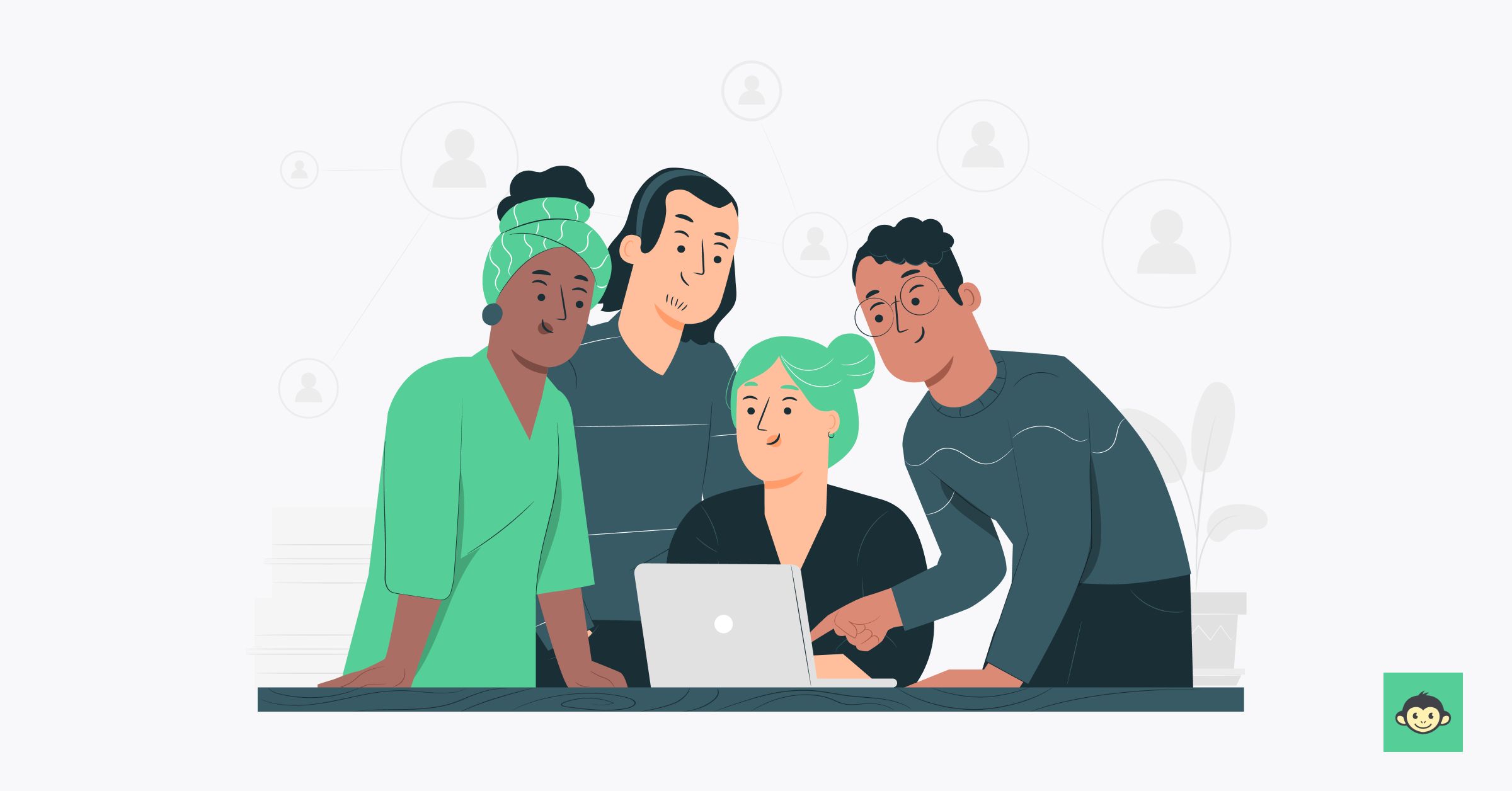
The concept of cultural diversity encompasses various dimensions that contribute to a rich and inclusive workplace environment. While there isn't a universally agreed-upon set of five key areas of diversity, here are five commonly recognized dimensions:
Gender
Gender diversity refers to the representation and inclusion of individuals of different genders, including men, women, and individuals who identify as non-binary or genderqueer. Achieving gender diversity involves ensuring equal opportunities, breaking gender stereotypes, and promoting gender equity in the workplace.
Race and ethnicity
Race and ethnicity encompass the various racial and ethnic backgrounds represented among employees. Embracing racial and ethnic diversity involves valuing and respecting the unique experiences, perspectives, and contributions of individuals from different racial and ethnic backgrounds.
Age
Age diversity recognizes the importance of having individuals of different age groups and generations in the workplace. It includes fostering an inclusive environment that values the perspectives, skills, and experiences of employees across different age ranges, from younger employees to older professionals.
Sexual orientation and gender identity
This dimension focuses on inclusivity for individuals who identify as lesbian, gay, bisexual, transgender, queer, or other sexual orientations and gender identities (LGBTQ+). Promoting LGBTQ+ diversity involves creating a safe and supportive workplace that embraces employees regardless of their orientation or gender identity.
Abilities and disabilities
Ability diversity encompasses individuals with different abilities and disabilities. It recognizes that diverse skills and talents can come from individuals with varying physical, sensory, and cognitive abilities.
Promoting disability inclusion involves removing barriers, providing disability awareness training, providing accommodations, and creating an inclusive environment that allows individuals with disabilities to fully participate and contribute.
While these are five commonly recognized dimensions of diversity, it's important to note that diversity is not limited to these categories. Other dimensions, such as religion, socio-economic status, educational background, and cultural heritage, among others, also contribute to the overall diversity within a workplace.
Embracing a broad spectrum of diversity helps organizations foster inclusivity and harness the benefits that come from a wide range of perspectives and experiences.
Who should be responsible for DEI initiatives in an organization?

Implementing and driving DEI initiatives in an organization is a collective responsibility that involves various stakeholders. While everyone within an organization should play a role in fostering diversity, equity, and inclusion, managers have a critical role to play in leading and championing these initiatives. Here's an explanation of the role of managers in implementing DEI initiatives:
Setting the tone
Managers are responsible for setting the tone from the top and establishing a culture that values and prioritizes DEI. They should articulate the organization's commitment to DEI and ensure it is integrated into the organization's mission, vision, and values. By demonstrating their personal commitment to DEI, managers can influence the behavior and attitudes of their teams.
Creating inclusive policies and practices
Managers play a vital role in reviewing and revising policies, procedures, and practices to ensure they are inclusive and equitable. This includes areas such as recruitment, hiring, promotion, performance evaluations, and employee development. Managers should identify and address any biases or barriers within these processes to ensure fair and equal opportunities for all employees.
Building diverse and inclusive teams
Managers have a key role in building diverse teams by actively seeking out candidates from underrepresented groups, encouraging diversity in recruitment efforts, and challenging biases in the selection process. They should strive to create diverse teams that reflect the wider community and bring different perspectives to the table.
Fostering inclusive leadership
Managers should exhibit inclusive leadership behaviors by actively engaging and valuing the diverse perspectives and contributions of their team members. They should create an environment where everyone feels heard, respected, and empowered to bring their authentic selves to work. By modeling inclusive behaviors, managers can set an example for others to follow.
Providing training and development
Managers should ensure that their teams receive training on DEI topics and provide opportunities for continuous learning. This can include workshops, seminars, or resources to enhance awareness, knowledge, and skills related to DEI.
Managers can also facilitate open discussions and provide a safe space for employees to share their experiences and perspectives.
Holding people accountable
Managers have a responsibility to hold their teams accountable for their actions and behaviors related to DEI. They should address any incidents of bias, discrimination, or harassment promptly and appropriately.
By establishing clear expectations and consequences for inappropriate behavior, managers contribute to fostering an inclusive and respectful workplace culture.
Measuring and monitoring progress
Managers should track and measure the progress of DEI initiatives within their teams and regularly report on key diversity metrics. This includes monitoring representation, diversity goals, employee feedback, and any disparities or gaps that need to be addressed. By regularly assessing progress, managers can identify areas for improvement and implement targeted strategies.
Managers play a crucial role as change agents in promoting DEI within an organization. Their commitment, actions, and leadership can significantly influence the culture and create a workplace where diversity, equity, and inclusion are embedded in all aspects of the organization's operations.
DEI activities definition
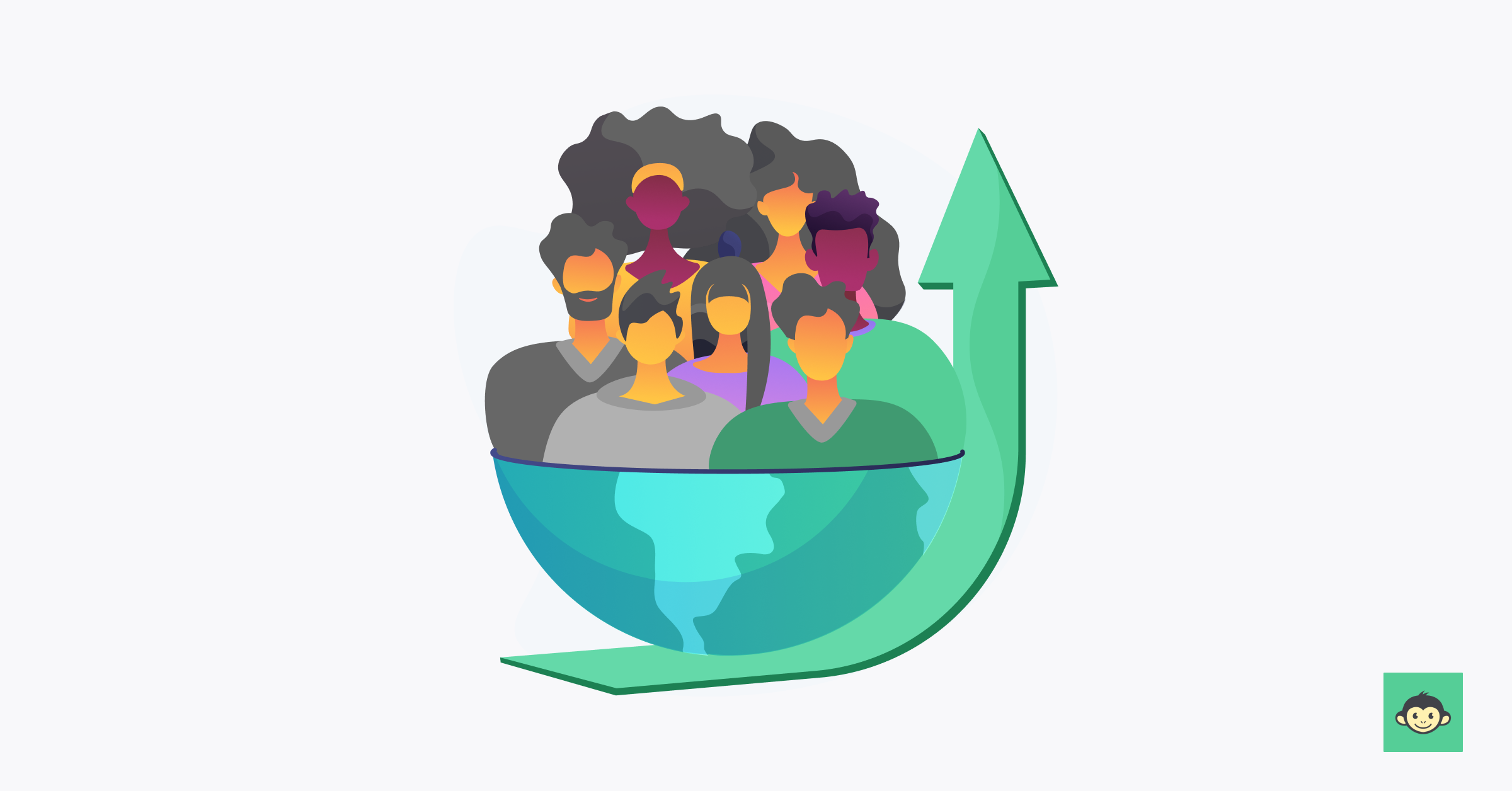
Diversity, equity, and inclusion activities refer to a range of intentional and proactive initiatives undertaken by organizations to promote and foster diversity, equity, and inclusion in the workplace.
These activities aim to create an environment where individuals from all backgrounds feel valued, respected, and empowered to contribute their unique perspectives and talents.
Diversity activities focus on ensuring the representation and inclusion of individuals from diverse backgrounds, such as different races, ethnicities, genders, ages, sexual orientations, abilities, and more.
These inclusion and diversity activities may involve strategies for diverse recruitment and hiring, creating diverse talent pipelines, and promoting diversity in leadership positions.
Equity activities aim to address systemic barriers and ensure fair and just treatment for all employees. They focus on eliminating disparities, providing equal opportunities for career growth and development, and addressing issues related to pay equity, promotion, and access to resources and benefits.
DEI activities are also essential in keeping employee engagement high in the modern workplace.
Inclusion activities center on fostering an inclusive culture where everyone feels a sense of belonging, psychological safety, and the ability to fully participate and contribute.
These activities may include training programs on unconscious bias, cultural competency, and inclusive leadership. They also involve creating employee resource groups, affinity networks, mentorship programs, and other initiatives that promote collaboration, support, and a sense of community.
Diversity, equity, and inclusion activities are designed to go beyond mere representation and compliance. They seek to create a workplace culture that embraces and values diversity, addresses systemic inequities, and actively fosters an inclusive environment where all individuals can thrive.
How to structure DEI activities for your hybrid teams?
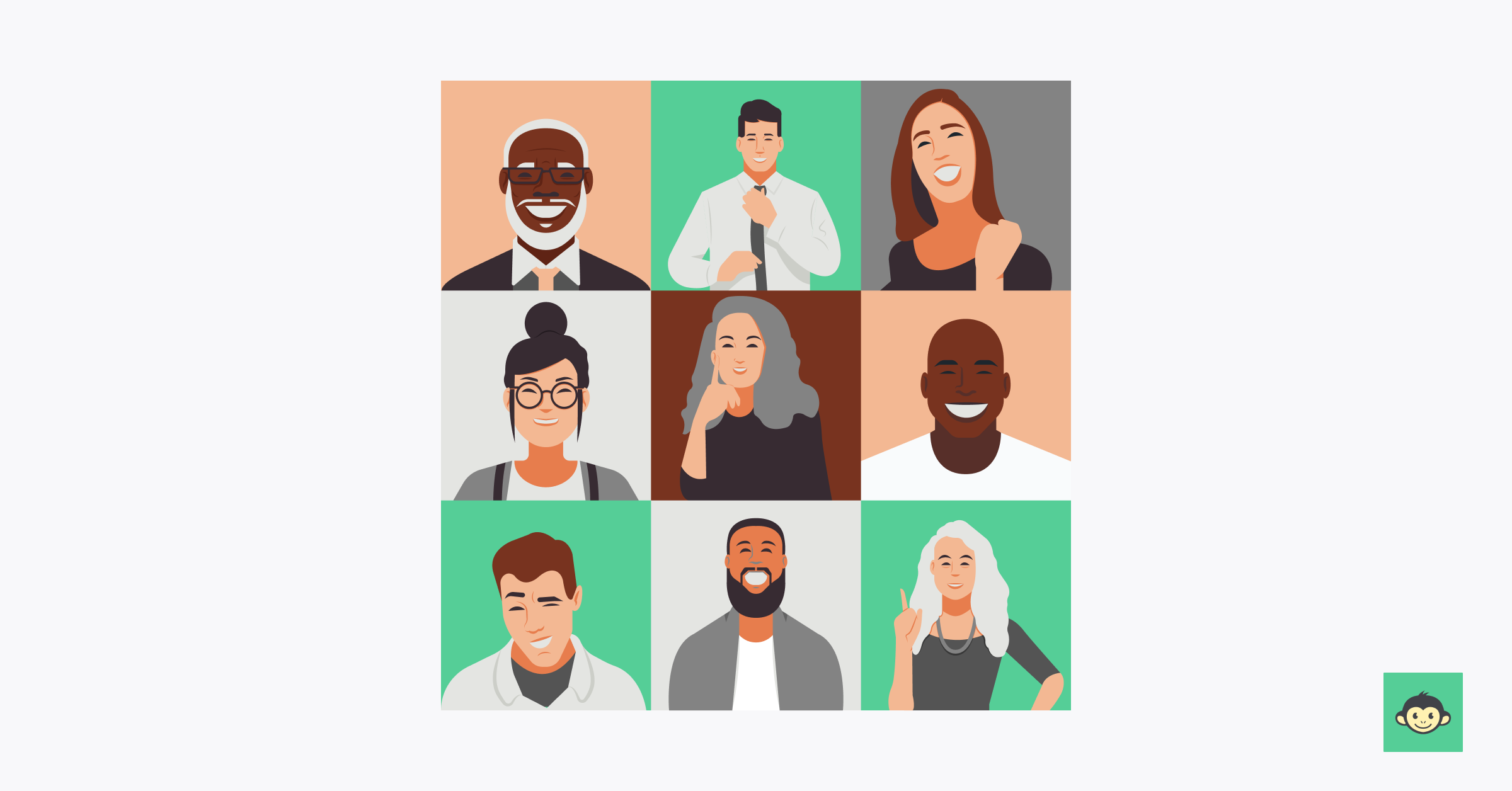
Structuring diversity, equity, and inclusion activities for hybrid teams requires thoughtful planning and consideration of the unique dynamics and challenges presented by a combination of remote and in-person work. Here are some key steps to structure DEI activities for hybrid and remote teams:
Assess the needs and dynamics
Begin by understanding the specific needs and dynamics of your hybrid teams. Consider factors such as the team member composition, geographical locations, time zones, and communication preferences.
Conduct surveys, interviews, or focus groups to gather insights and identify any specific challenges or areas where DEI efforts can be strengthened.
Set clear objectives and goals
Define clear objectives and goals for your diversity, equity, and inclusion activities that align with your organization's overall DEI strategy. Ensure that the objectives are specific, measurable, achievable, relevant, and time-bound (SMART).
These goals can include enhancing cross-team collaboration, fostering inclusion in decision-making processes, or promoting cultural understanding among team members.
Design inclusive communication channels
Establish inclusive communication channels that accommodate the needs of both in-person and remote team members. Leverage technology tools, such as video conferencing platforms and collaboration software, to facilitate seamless communication and collaboration.
Encourage regular and transparent communication to ensure that all team members have access to information and are included in discussions.
Provide DEI training and education
Offer DEI training and education programs to enhance awareness, knowledge, and skills related to diversity, equity, and inclusion. Develop interactive and engaging training modules that address the unique challenges of hybrid teams, including strategies for effective remote collaboration, building trust, and mitigating biases in virtual settings.
Foster virtual team building and connection
Promote virtual team building activities that foster connection, trust, and a sense of belonging among hybrid team members. These can include virtual social events, team-building exercises, or online communities where team members can share interests and experiences.
Encourage remote team members to participate actively and provide opportunities for them to showcase their contributions and talents.
Establish inclusive decision-making processes
Ensure that decision-making processes are inclusive and involve input from all team members, regardless of their location. Encourage diverse perspectives by providing opportunities for individuals to share their ideas, feedback, and concerns.
Consider implementing practices such as rotating meeting facilitation, agenda-sharing, and structured brainstorming to foster inclusive decision-making.
Measure and evaluate progress
Regularly measure and evaluate the progress of your diversity, equity, and full inclusion efforts and activities for hybrid teams. Collect feedback from team members, track key metrics, and assess the impact of the initiatives. Use this data to identify areas for improvement and make adjustments to your DEI strategy and activities as needed.
Foster continuous learning and improvement
Foster a culture of continuous learning and improvement by regularly reviewing and updating your diversity, equity, and inclusion activities. Stay updated on best practices and emerging trends in DEI, and encourage team members to share their insights and experiences. Encourage open dialogue and create spaces for ongoing conversations around DEI topics.
Remember that structuring diversity, equity, and inclusion activities for hybrid teams requires flexibility and adaptability. Stay responsive to the evolving needs of your diverse team members, and be willing to adjust your strategies to ensure an inclusive and equitable work environment for all.
Examples of some good DEI initiatives to promote diversity
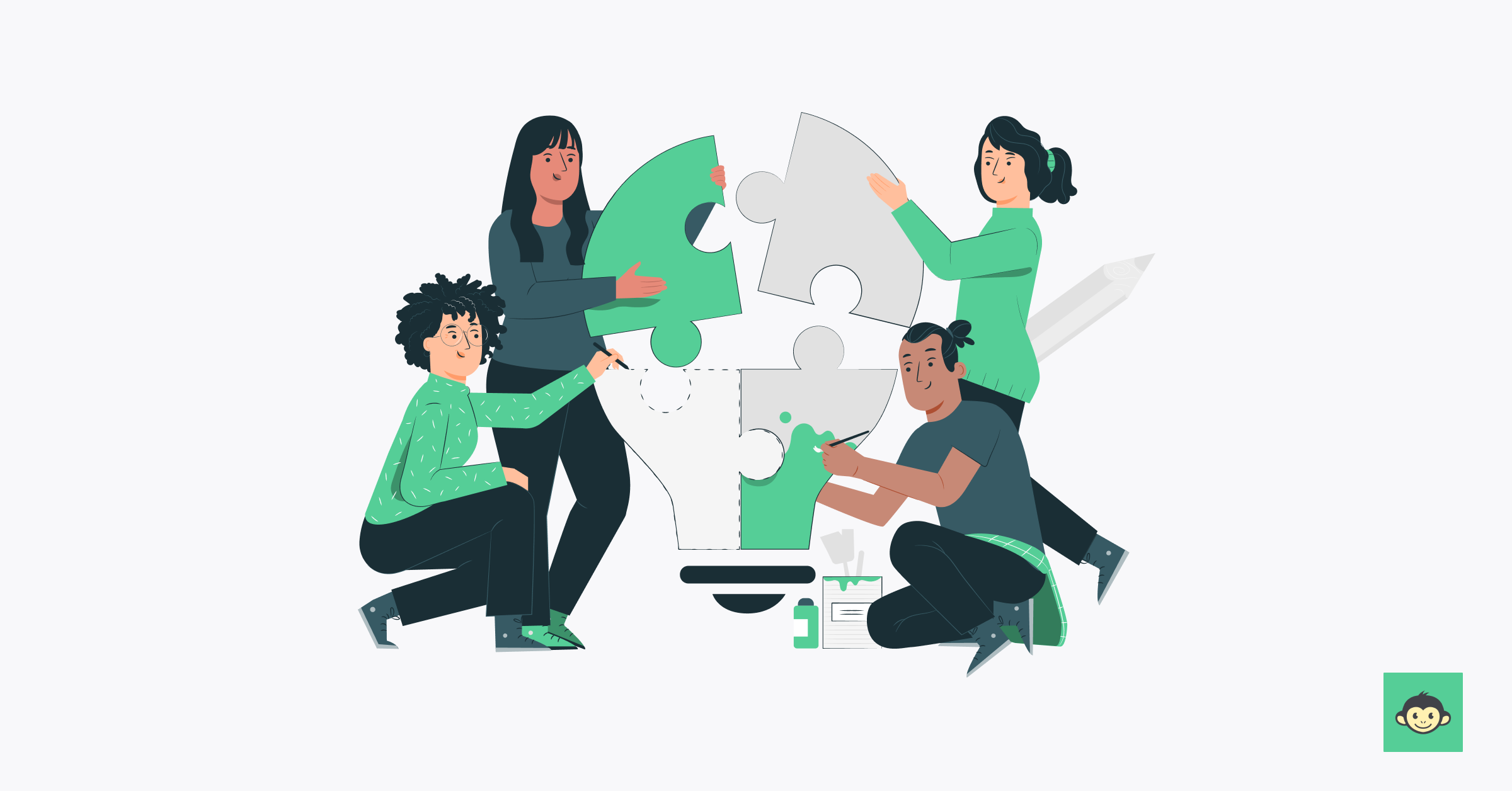
Diversity recruitment programs
Organizations can develop targeted recruitment programs to attract candidates from underrepresented groups. This can involve partnerships with diverse organizations, attending job fairs focused on specific communities, or implementing referral programs that encourage employees to refer diverse candidates.
Implicit bias training
Implicit bias training programs help employees recognize and mitigate unconscious biases that can affect decision-making and interactions in the workplace. These trainings raise awareness about biases and provide strategies for creating a more inclusive and equitable work environment.
Employee resource groups (ERGs)
ERGs are voluntary employee-led groups that bring together individuals with shared characteristics or experiences, such as race, gender, or LGBTQ+ identity. ERGs provide support, networking opportunities, and a platform for members to advocate for and address issues related to their communities.
Inclusive leadership development
Organizations can offer leadership development programs that focus on inclusive leadership skills. These programs provide managers with tools and knowledge to create inclusive teams, foster a sense of belonging, and to promote inclusion and equitable practices in decision-making.
Pay equity audits
Conducting pay equity audits helps organizations identify and address any gender or racial disparities in compensation. These audits involve analyzing salary data and implementing corrective measures to ensure equal pay for equal work.
Mentorship and sponsorship programs
Establishing formal mentorship and sponsorship programs can help underrepresented employees access career guidance, development opportunities, and advocacy from more senior employees. These programs help foster inclusivity and break down barriers to advancement.
Inclusive benefits and policies
Reviewing and updating benefits and policies to be more inclusive can help address the specific needs of diverse employees. For example, offering flexible work arrangements, parental leave policies, and accommodations for individuals with disabilities can promote inclusivity and work-life balance.
Supplier diversity initiatives
Implementing supplier diversity programs involves actively seeking out and partnering with diverse suppliers and businesses owned by underrepresented groups. This initiative helps promote economic inclusion and supports the growth of diverse businesses.
Diversity and inclusion training for managers
Providing managers with training on managing diverse teams and addressing biases can help create an inclusive company culture. This training equips managers with the skills to support and develop their diverse employees effectively.
Diversity and inclusion metrics and reporting
Establishing metrics and regular reporting on diversity and inclusion progress can hold organizations accountable and help identify areas for improvement. Tracking representation, retention rates, promotion rates, and employee feedback can provide insights into the effectiveness of DEI initiatives.
These are just a few examples of DEI initiatives organizations can implement. It's important to tailor initiatives to the specific needs and culture of your organization, while also staying responsive to the evolving landscape of diversity, equity, and inclusion.
Top 11 Diversity, Equity and Inclusion activities ideas
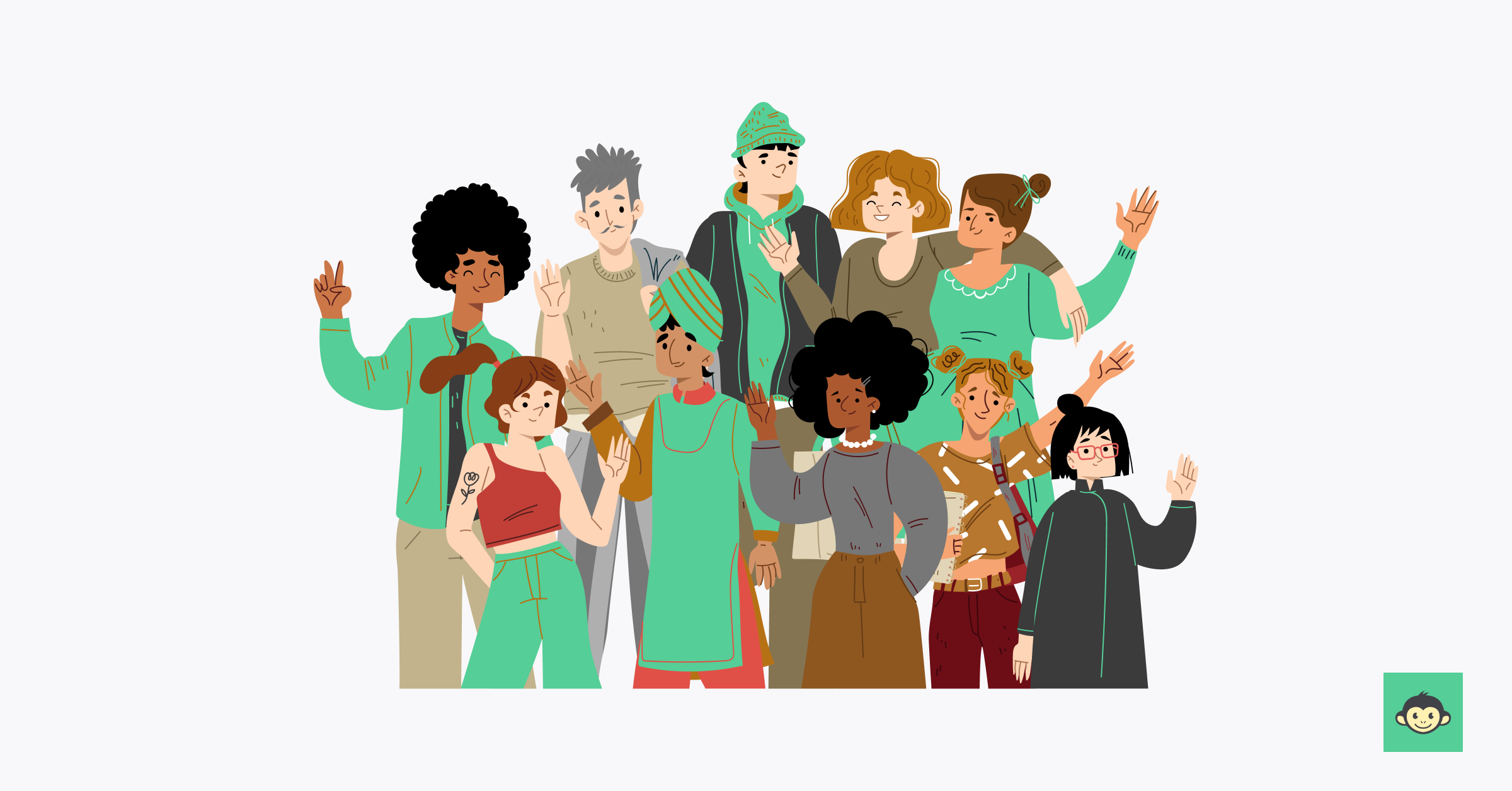
1. Intersectionality workshops
Conduct workshops or discussions that explore the concept of intersectionality, emphasizing the interconnected nature of multiple identities and experiences.
Intersectionality workshops are designed to deepen understanding and awareness of the concept of intersectionality, which recognizes that individuals hold multiple social identities that intersect and interact with each other, shaping their unique experiences and perspectives.
These workshops provide a safe and inclusive space for participants to explore the complexity of identity and the interplay of various social factors such as race, gender, ethnicity, sexual orientation, ability, socio-economic status, and more.
2. Employee recognition programs
Employee recognition programs play a crucial role in fostering a culture of inclusion and appreciation within organizations. These programs are designed to celebrate and highlight the contributions and achievements of employees from diverse backgrounds, ensuring that their efforts are acknowledged and valued.
By establishing employee recognition programs, organizations demonstrate their commitment to creating an inclusive work environment where all employees, regardless of their background, feel seen, heard, and appreciated.
3. Accessibility audits
These audits are crucial evaluations that organizations undertake to assess the inclusivity and accommodation of their physical spaces, technology, and communication materials for individuals with disabilities.
By conducting these audits, organizations identify barriers and obstacles that may impede accessibility and take proactive measures to address them.
This audit includes ensuring the availability of ramps, handrails, and accessible signage in physical spaces, adhering to web accessibility standards for digital platforms, providing alternative formats for communication materials, and offering assistive technologies and equipment.
Through these efforts, organizations demonstrate their commitment to inclusivity, improve employee satisfaction, and comply with accessibility regulations.
4. Reverse mentoring programs
Reverse mentoring programs are initiatives that involve junior employees from diverse backgrounds taking on the role of mentors for more senior employees. In these programs, the traditional mentoring dynamic is reversed, with junior employees sharing their unique perspectives, insights, and experiences with senior employees.
5. Supplier diversity events
Supplier diversity events are organized initiatives aimed at promoting and supporting the engagement of diverse suppliers within an organization's supply chain.
These events provide a platform for diverse suppliers, including those owned by minority groups, women, LGBTQ+ individuals, veterans, and people with disabilities, to showcase their products, services, and capabilities.
6. Diversity film screenings
Host film screenings followed by discussions on movies that explore diversity, social justice, and inclusion-related themes, fostering dialogue and reflection among employees.
Diversity film screenings are engaging and educational initiatives that organizations can host to promote dialogue, reflection, and awareness around diversity, social justice, and inclusion-related themes.
These screenings provide an opportunity for employees to watch films that explore various aspects of diversity, highlighting the experiences of different cultures and communities and shedding light on social issues.
7. Allyship training
Offer training sessions to educate employees on allyship and how to be effective allies to individuals from marginalized or underrepresented groups.
Allyship training is a valuable initiative that organizations can offer to educate employees on allyship and equip them with the skills and knowledge to be effective allies to individuals from marginalized or underrepresented groups.
Allyship training helps create a supportive and inclusive work environment where individuals can feel seen, valued, and supported.
8. Encourage team members to take part in the Inclusive employee feedback processes
Inclusive employee feedback processes are essential for organizations seeking to foster a culture of inclusion and continuous improvement. These processes encourage employees to provide constructive feedback on matters related to diversity, equity, and inclusion while creating channels for their suggestions and ideas.
By incorporating diverse perspectives and insights, organizations can identify areas for growth, address concerns, and drive positive change.
9. Workplace flexibility policies
Establish policies that promote flexible work arrangements, accommodating employees' diverse needs, such as remote work options, flexible hours, or compressed workweeks.
Workplace flexibility policies are essential in creating an inclusive and accommodating work environment that recognizes and supports employees' diverse needs.
These policies promote a healthy work-life balance, increase job satisfaction, and enhance overall employee well-being. By offering flexible work arrangements, organizations can attract and retain top talent, increase productivity, and foster a culture of trust and autonomy.
10. Diversity hackathons
Organize hackathons or innovation challenges that bring together employees from different backgrounds to collaborate and develop creative solutions to DEI-related challenges within the organization. Diversity hackathons are dynamic and collaborative events that gather employees from varied backgrounds to tackle DEI-related challenges within an organization.
These hackathons provide a platform for teams to collaborate, brainstorm, and develop innovative solutions to promote diversity, equity, and inclusion.
11. Community partnerships
Forge partnerships with local community organizations, and initiatives focused on diversity, equity, and inclusion, collaborating on joint projects, volunteer activities, or awareness campaigns. Community partnerships play a vital role in promoting diversity, equity, and inclusion (DEI) within organizations.
By forging partnerships with local community organizations and initiatives focused on DEI, organizations can collaborate on joint projects, volunteer activities, or awareness campaigns that have a positive impact on the broader community and contribute to a more inclusive society.
Conclusion
By embracing DEI initiatives, organizations can unlock the power of diversity, foster an environment where all individuals feel valued and empowered, and drive innovation and success.
Diversity, equity, and inclusion activities encompass a range of initiatives, such as recruitment and hiring practices that ensure fair opportunities, comprehensive training programs that promote cultural competence and awareness, and the establishment of employee resource groups and affinity networks that provide support and a sense of community.
It is important to measure the impact of DEI activities through data collection and analysis, enabling organizations to identify gaps and implement targeted strategies for improvement.
Take action now to create a diverse, equal, and inclusive workplace where your employees feel happy and respected. With CultureMonkey's employee engagement survey tools and employee feedback tools, you can empower your organization to drive positive change.
Send customizable DEI surveys to listen to the honest feedback of your diverse workforce, analyze their inclusion perspective, and act on the spotted DEI concerns.Together, let's promote diversity, equity, and inclusion at your workplace. Visit CultureMonkey today and start building a more inclusive tomorrow.



